
- Permbajtja
- prev
- next
- prev
- next
Bruno Taut's colors
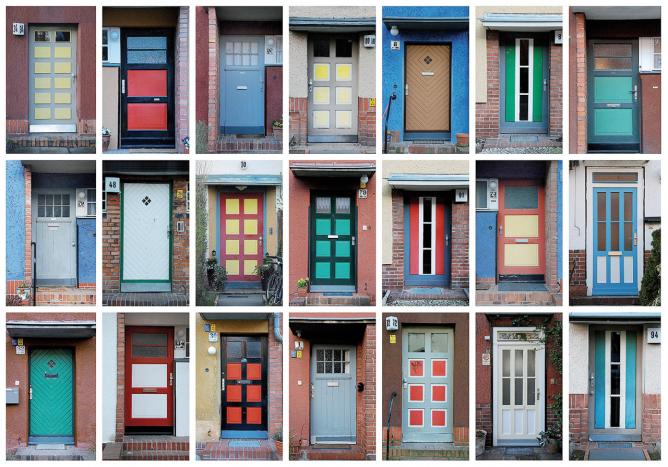
Leading German architect, Bruno Taut, was most active between World War I and World War II. He was noticed for his value of colors after his baptism into the Expressionist movement. Then Taut was fascinated by the Garden City movement, which originated in Utopian Socialism thoughts of England. After World War I, which he stood against as a pacifist, Taut got a chance to experiment with color architecture in the old city of Magdeburg, Germany. However, Taut was removed due to arguments and objections against his concepts.
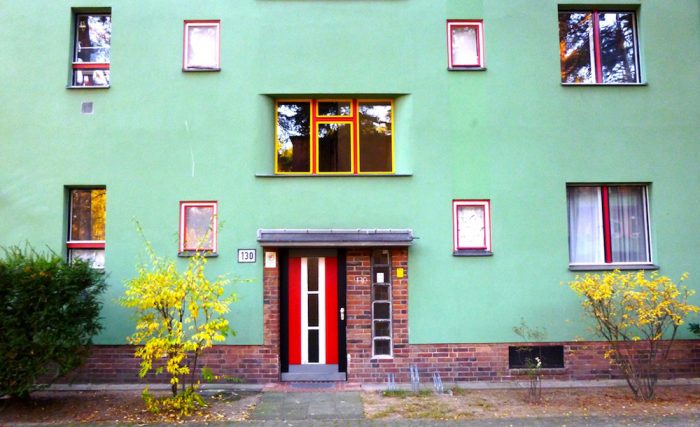
He then developed nature-conscious apartments around Berlin, Germany, before Nazi hostilities forced him to flee to Japan in May 1933. In Japan, Taut's focus had no chance but to shift from architecture to written observations on color. Before his move from Japan in 1936, Taut left the Hyuga Villa, a rare and significant color architecture. Taut lived the remainder of his life in Istanbul, designing many structures before dying in 1938.
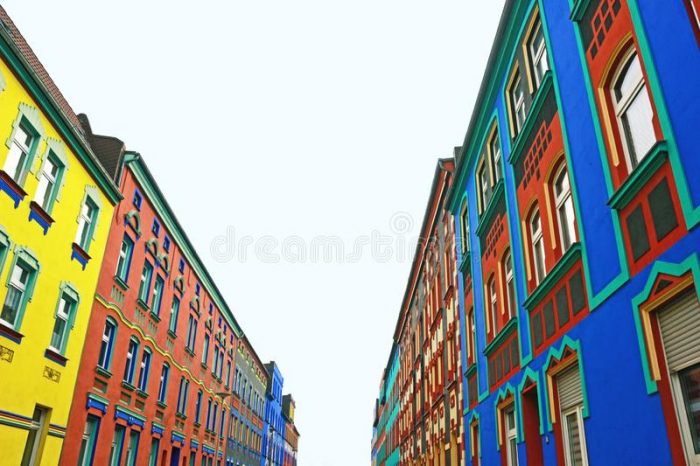
the old city of Magdeburg, Germany
Bruno Taut interpreted color into deeper meanings in his buildings. Bruno Taut was able to use color in his works with different aspects that other people were amazed since he was a great painter who was fascinated in both painting and architecture.
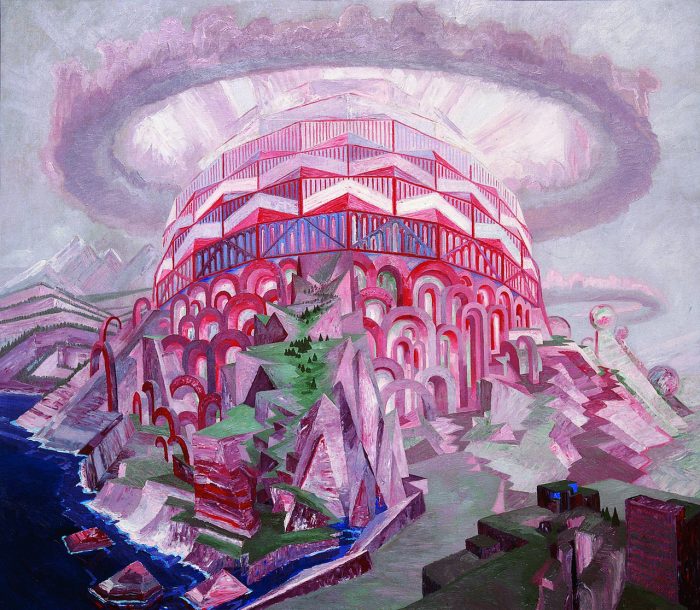
For Taut, painting and architecture were never a task that is separate. As an example, when Taut was working on his projects, Paint-box estate and colorful Reform estate in Magdeburg, he observed many countryside pictures and paintings.
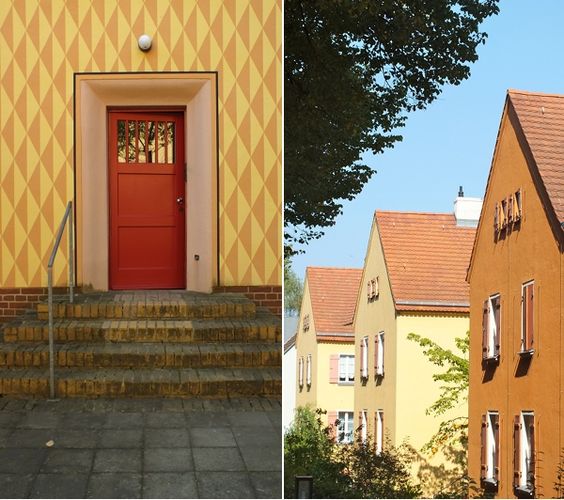
In 1903 he wrote: ‘I am increasingly preoccupied with the idea which has accompanied me now for two years: unifying my talent at using colour with my architectural abilities. Colourful spatial compositions and colourful architecture – these are areas which might allow me to say something personal. Preciselt for the reason that painting … always brings me back to architecture and the latter, conversely, always brings me back to painting, so that I need not be afraid of dissipating my energies.’ (Hartmann, Kristiana ‘Bruno Taut – the Architect, the Painter, the Colour’ Daidalus No.42, 15 December 1991) Because Taut has observed many countryside painting, colors on the wall of Paint-box estate and the landscape around the buildings reminds viewers a season of spring and fall.

Bruno knew how colors can bring feelings toward people and colors definitely affected him throughout his life. Taut also has mentioned that color does not exist by itself but with light.
He said ‘The eye lives from light; light is our means of satisfying the visual sense in buildings, and light leads us with a natural inevitability directly towards colour; for colour is light. Before the war I was denounced as a glass architect; in Magdeburg they called me the apostle of colour. The one is only a consequence of the other; for Delight in light is the same as delight in colour.
Whilst I was building the glass house in Cologne, I was building the Falkenberg estate, christened the ‘paint box’ estate, in Grunau near Berlin.’
Bruno not only thought about colors but also about how colors interact with light. And colored glass is a great example that include both factors: color and light.
When Taut was restoring the Church of Nieden in the Uckermark, his concept of a colorful architecture with ornaments remained. Taut used his color to created different views and feelings from people who visit his buildings.
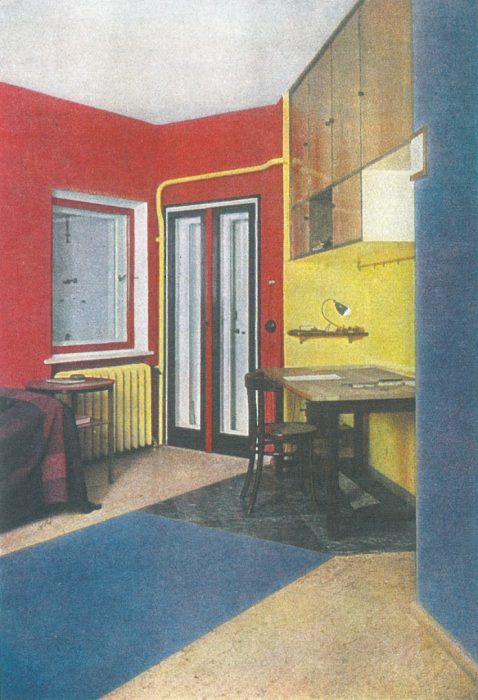
Bruno Taut House
Bruno Taut loved colors. He always used them and knew how to use them. He was both a talented painter and an architect. He always used color to enhance this works of architecture and took one more step to his work. He not only used color to create his own separate building but made it to communicate with surroundings and nature. Taut once said ‘if it seems out of place in the present state of the project, this may well mean, not that the colors have been wrongly used, but that the surrounding buildings are unfinished.’ The architect is not just a person who builds the building, but an artist who use many different elements to create the best building. Colors on buildings are not randomly picked but carefully chosen by those who designed and built the building.
Bruno Taut has proved how architect is an artist!
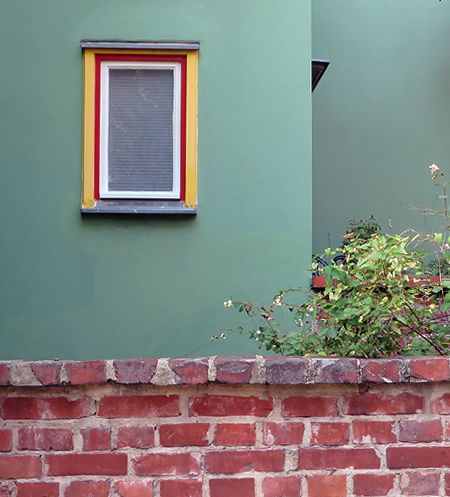
Source: Architecture Blogs